Longitude: The True Story of a Lone Genius Who Solved the Greatest Scientific Problem of His Time
£8.50
The tenth anniversary edition of the dramatic human story of an epic scientific quest: the search for the solution of how to calculate longitude and the unlikely triumph of an English genius. With a new Foreword by the celebrated astronaut Neil Armstrong.
‘Sobel has done the impossible and made horology sexy – no mean feat’ New Scientist
Anyone alive in the 18th century would have known that ‘the longitude problem’ was the thorniest scientific dilemma of the day – and had been for centuries. Lacking the ability to measure their longitude, sailors throughout the great ages of exploration had been literally lost at sea as soon as they lost sight of land. Thousands of lives, and the increasing fortunes of nations, hung on a resolution.
The quest for a solution had occupied scientists and their patrons for the better part of two centuries when, in 1714, Parliament upped the ante by offering a king’s ransom (£20,000) to anyone whose method or device proved successful. Countless quacks weighed in with preposterous suggestions. The scientific establishment throughout Europe – from Galileo to Sir Isaac Newton – had mapped the heavens in both hemispheres in its certain pursuit of a celestial answer. In stark contrast, one man, John Harrison, dared to imagine a mechanical solution.
Full of heroism and chicanery, brilliance and the absurd, LONGITUDE is also a fascinating brief history of astronomy, navigation and clockmaking.
Read more
Additional information
| Publisher | Walker And Company (5 Sept. 2005) |
|---|---|
| Language | English |
| Paperback | 224 pages |
| ISBN-10 | 0007214227 |
| ISBN-13 | 978-0007214228 |
| Dimensions | 19.71 x 1.45 x 13 cm |

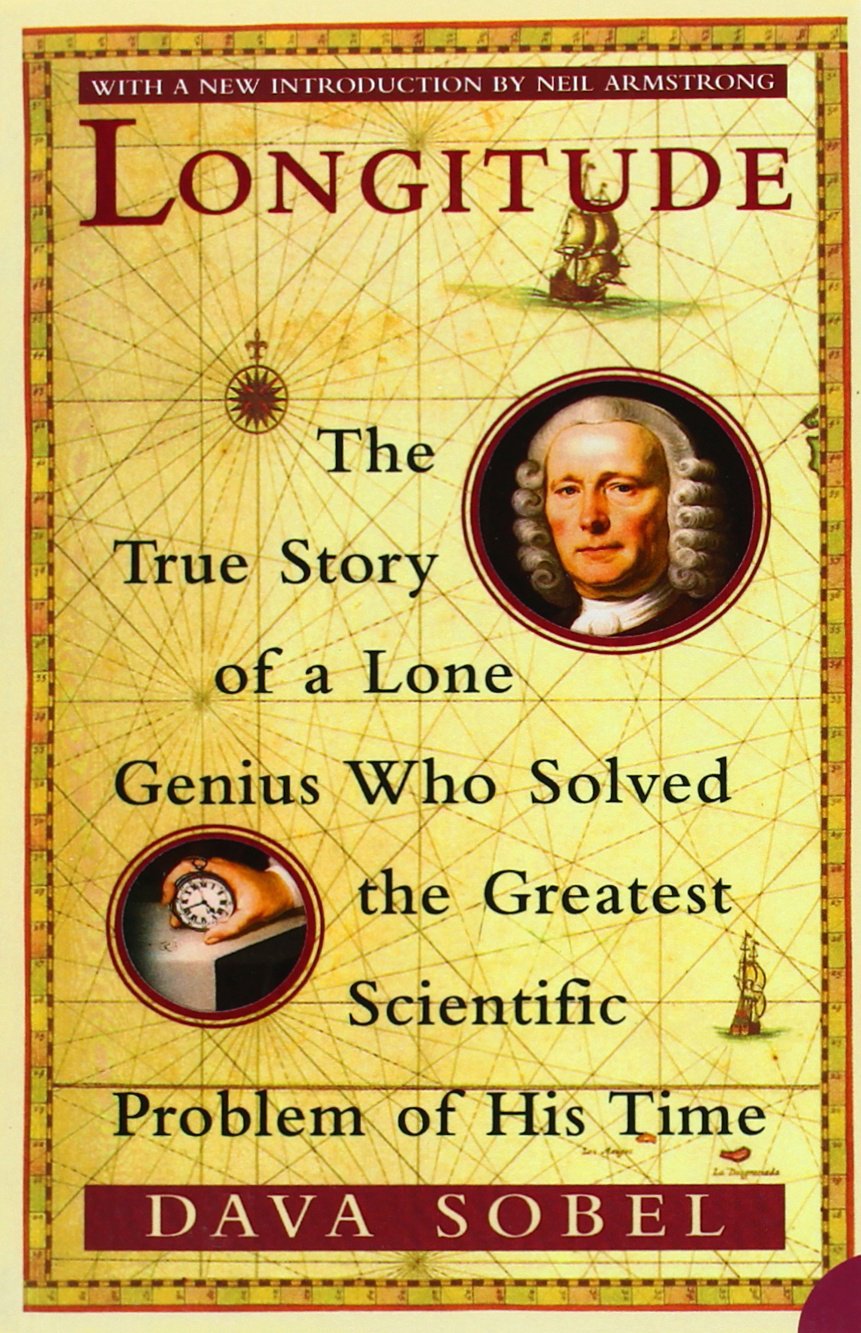
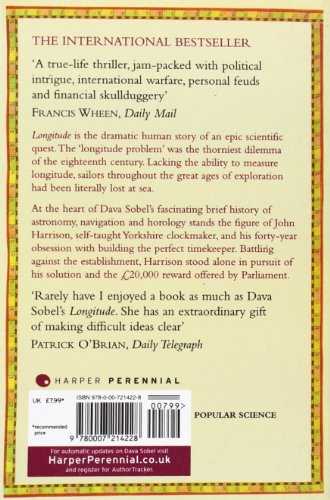
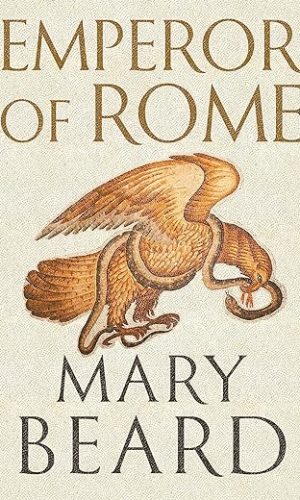
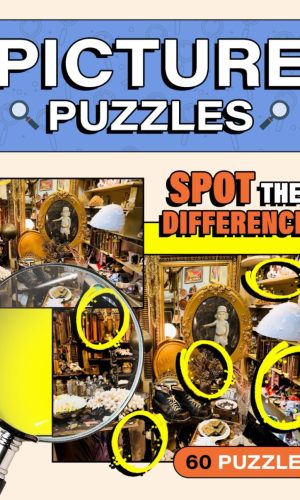
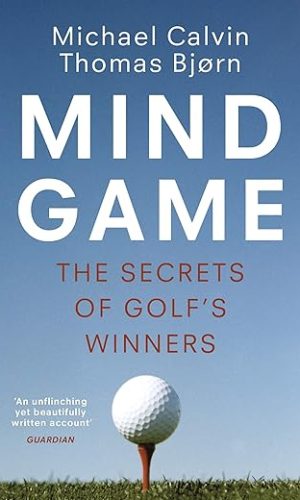

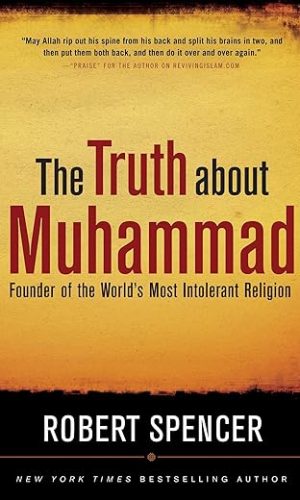


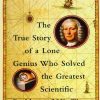
by John Hopper
This is an engagingly written non-specialist account of the hunt during the 18th century for an accurate way to measure longitude, and thus more accurately track sea voyages between west and east. While latitude had been understood since antiquity and has an absolute meaning relative to the north and south poles, longitude is entirely relative and can in principle be measured from any artificial line connecting the poles. The hunt was turned into a race by the British Parliament’s Longitude Act of 1714, establishing a Board to consider proposals to measure longitude accurately, with a top prize of £20,000 for anyone able to measure it to within half a degree of accuracy. Why such a high profile prize? Ignorance of longitude was very costly, including costing the lives of many seamen, including two thousand in one incident in 1707 when four warships ran aground off the Scilly Isles. Ignorance also cost economically as it meant marine trade routes had to follow a very narrow safe path which restricted commercial growth.
The early years of the hunt for a solution were dominated on the one hand by greats such as Isaac Newton, John Flamsteed and Edmond Halley, and on the other hand, by numerous lesser players proposing theoretically ingenious but flawed and wildly impractical solutions, involving for example, anchoring fleets of ships at regular intervals across the ocean, which would fire signals at regular intervals so that passing vessels could measure their distance from land to east or west. Later on the race was a battle between the astronomers and the engineers, between those who saw the solution in the movements of the stars and planets and those who saw technology as the answer. In truth, both were partly right. The movements of celestial bodies had a part to play, but had in practice to be complemented by a mechanical device that could provide a practical and quick solution to the long standing problem. Step forward one of the unsung heroes of science and technology – John Harrison, master clockmaker, who rose from obscure and humble origins in Lincolnshire to become one of the great innovators of all time. He produced four progressively simpler and smaller timepieces, the last of which H-4 was the prototype for slightly later, smaller mass produced timepieces that in the hands of ships’ captains were a contributory factor in the expansion of British sea power in the late 18th and early 19th centuries. His arch rival was the Rev Nevil Maskelyne, Astronomer Royal, a man not above changing the rules of the race to suit the astronomers vs. the mechanics. While Maskelyne behaved shabbily, he did make his own considerable contributions to lunar observations as part of the solution, and was responsible for establishing Greenwich as the prime meridian from which longitude would be measured across the world thereafter. But Harrison is the hero of this story, a pioneer who, in the author’s words, “With his marine clocks, … tested the waters of space-time. He succeeded, against all odds, in using the fourth—temporal—dimension to link points on the three-dimensional globe. He wrested the world’s whereabouts from the stars, and locked the secret in a pocket watch.”
A good read, though some footnotes would be good and, even more so, a few diagrams and illustrations.
by gr
Bought this as a second replacement copy of Longitude. My original was purchased about 15 years ago and has been read cover to cover probably 20 times. Dava Sobels’ narrative draws me in every time. Superb example of a historic event in hardback and paperback.
by Mr. Keith D. Elms
Very disappointed with this. I had been told how good the series was so chanced away from fiction. The book is just not interesting. The moment in history is momentous for navigation and the story was just tedious and repetitive. No thanks…I am going back to good writing in fiction.
by Dr Brian Metters
“Here lies the real, hard-core difference between latitude and longitude—beyond the superficial difference in line direction that any child can see: The zero-degree parallel of latitude is fixed by the laws of nature, while the zero-degree meridian of longitude shifts like the sands of time. This difference makes finding latitude child’s play, and turns the determination of longitude, especially at sea, into an adult dilemma—one that stumped the wisest minds of the world for the better part of human history.”
To be brief, discovering a method of measuring Longitude in the 1700s was a “bit of a pig” until an amateur clockmaker from the North of England, entered the fray and battled royal astronomers, politicians, mathematicians, The Admiralty, and academics who believed that the “moon and stars” method was the answer. John Harrison believed that “the measurement of time” method was the answer. He was a simple carpenter from Yorkshire who the aristocracy delayed, hindered, cheated, lied to, threatened ……. but they were wrong in their assumptions, and John Harrison eventually proved it to claim the £20,000 prize with his H4 model.
It’s a heck of a story you can read in Dava Sobel’s book, and you can see all of John Harrison’s models H1 to H4 at The Royal Observatory, Greenwich, London. We were really motivated after reading this book to go and see these four mechanisms inside glass cases that changed the world, saved countless lives, enabling navigation not only on the high seas but also within our modern day satnavs. We stood in awe of Harrison just looking at them and knowing his story, his struggles, his battle to claim the prize money reinforced yet again how much this country gave the world through the Age of Reason then the Industrial Revolution. Sadly it seems that this kind of true story isn’t studied in our schools or universities these days!
by Henrik Björk
The process of constructing a timekeeper,that was fulfilling the Board of Longitudes criteria is described in a non technical way,easy to understand even for landlubbers and non-astronophers.Very interesting reading!
by Retired
This is a VERY well written book — hugely readable, captures the reader, easy to understand — yet it is the least expensive book about the solution to the longitude problem. There no glossy pictures or diagrams, nothing fancy. Buy a glossy picture book as your SECOND book on the subject — if your really want pictures, too. But, literally no book on the subject, is as well written as this one.
by Rosemary B
Bought this for my son in law as I enjoyed it so much years ago. Would have liked hardback again but unfortunately only the paperback available now.
by Anthony H.
A very easy read. Full of acts but never tedious or boring as some historical accounts can be.well worth a read